Harald Baayen
Max Planck Institute for Psycholinguistics
Visual grounding of abstract and concrete words: A response to Günther et al. (2020)
Jun 30, 2022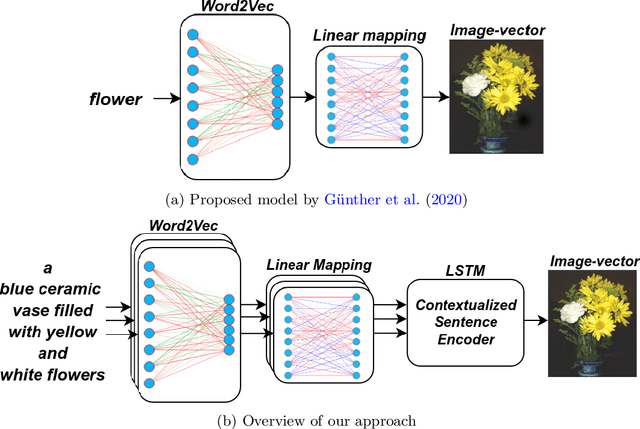
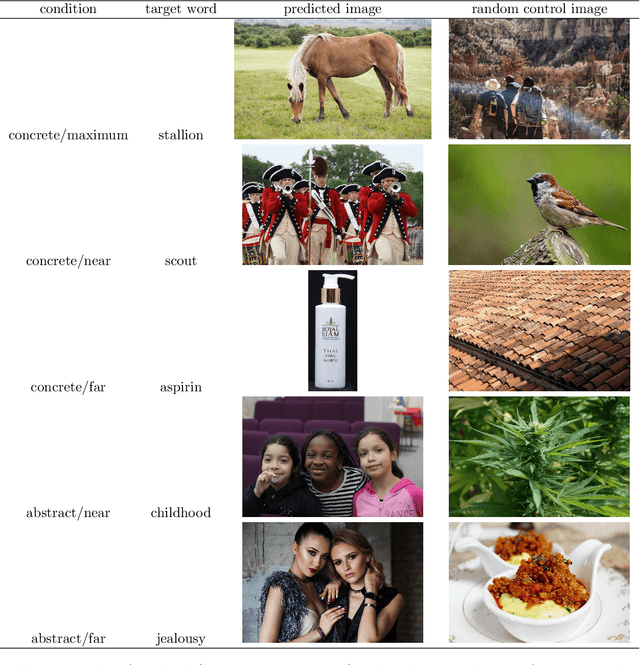
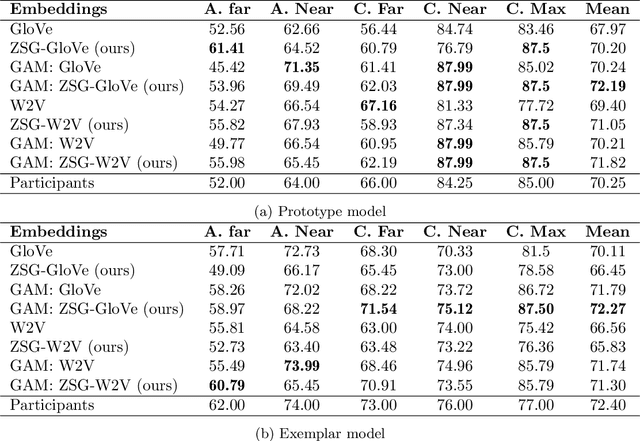
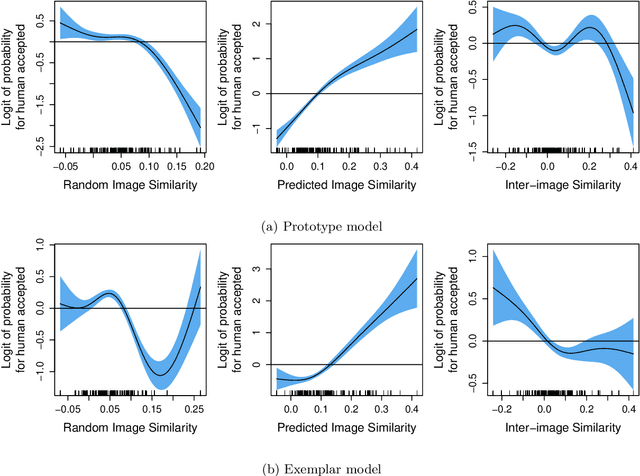
Abstract:Current computational models capturing words' meaning mostly rely on textual corpora. While these approaches have been successful over the last decades, their lack of grounding in the real world is still an ongoing problem. In this paper, we focus on visual grounding of word embeddings and target two important questions. First, how can language benefit from vision in the process of visual grounding? And second, is there a link between visual grounding and abstract concepts? We investigate these questions by proposing a simple yet effective approach where language benefits from vision specifically with respect to the modeling of both concrete and abstract words. Our model aligns word embeddings with their corresponding visual representation without deteriorating the knowledge captured by textual distributional information. We apply our model to a behavioral experiment reported by G\"unther et al. (2020), which addresses the plausibility of having visual mental representations for abstract words. Our evaluation results show that: (1) It is possible to predict human behaviour to a large degree using purely textual embeddings. (2) Our grounded embeddings model human behavior better compared to their textual counterparts. (3) Abstract concepts benefit from visual grounding implicitly through their connections to concrete concepts, rather than from having corresponding visual representations.
Language with Vision: a Study on Grounded Word and Sentence Embeddings
Jun 17, 2022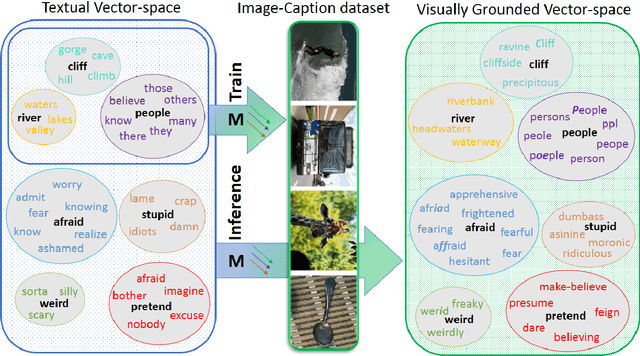
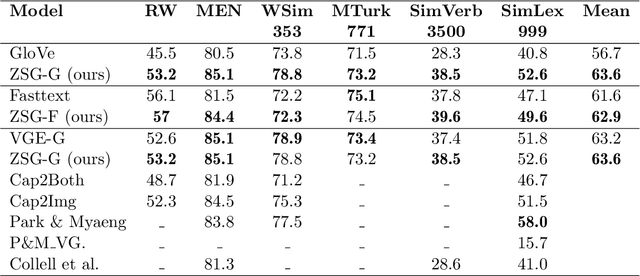
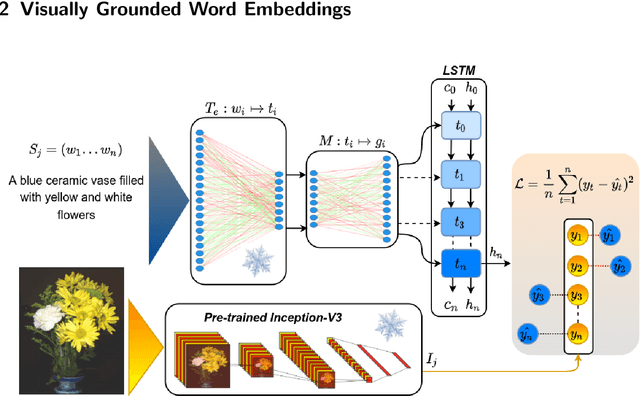

Abstract:Language grounding to vision is an active field of research aiming to enrich text-based representations of word meanings by leveraging perceptual knowledge from vision. Despite many attempts at language grounding, it is still unclear how to effectively inject visual knowledge into the word embeddings of a language in such a way that a proper balance of textual and visual knowledge is maintained. Some common concerns are the following. Is visual grounding beneficial for abstract words or is its contribution only limited to concrete words? What is the optimal way of bridging the gap between text and vision? How much do we gain by visually grounding textual embeddings? The present study addresses these questions by proposing a simple yet very effective grounding approach for pre-trained word embeddings. Our model aligns textual embeddings with vision while largely preserving the distributional statistics that characterize word use in text corpora. By applying a learned alignment, we are able to generate visually grounded embeddings for unseen words, including abstract words. A series of evaluations on word similarity benchmarks shows that visual grounding is beneficial not only for concrete words, but also for abstract words. We also show that our method for visual grounding offers advantages for contextualized embeddings, but only when these are trained on corpora of relatively modest size. Code and grounded embeddings for English are available at https://github.com/Hazel1994/Visually_Grounded_Word_Embeddings_2.
Estimating Lexical Priors for Low-Frequency Syncretic Forms
Apr 24, 1995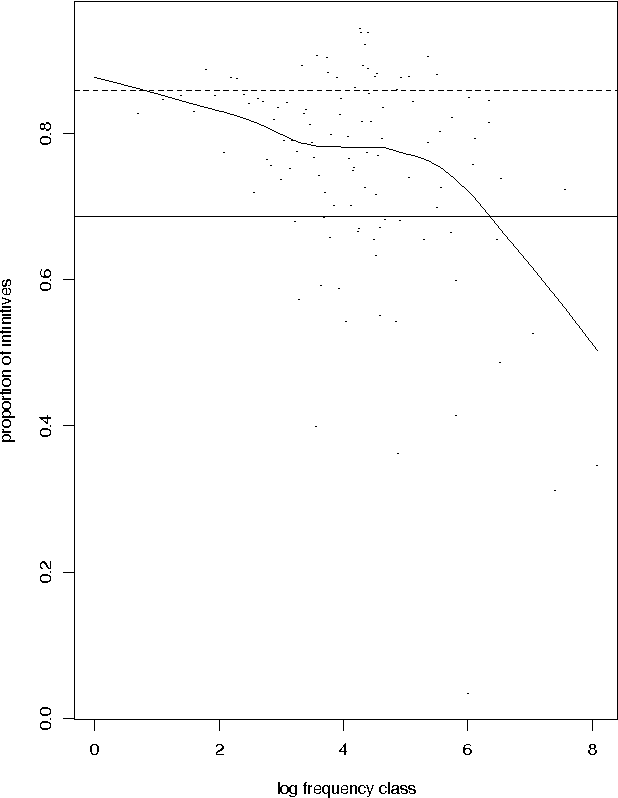
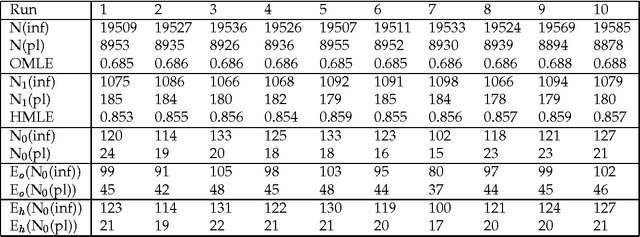
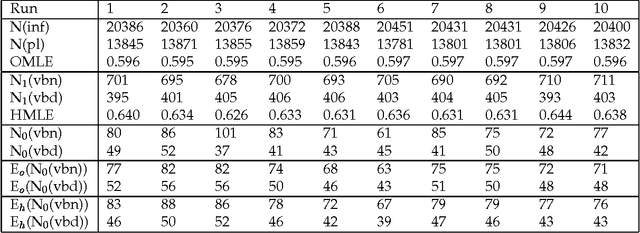
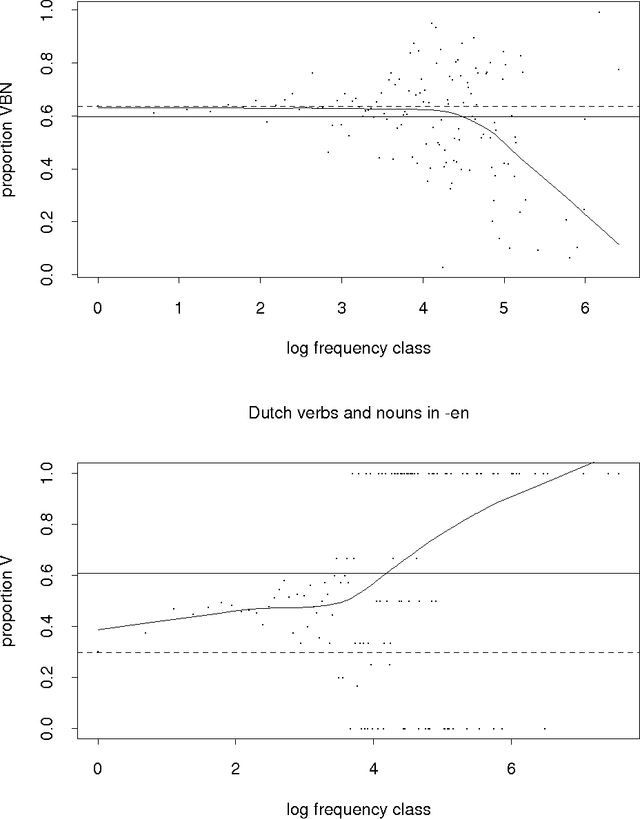
Abstract:Given a previously unseen form that is morphologically n-ways ambiguous, what is the best estimator for the lexical prior probabilities for the various functions of the form? We argue that the best estimator is provided by computing the relative frequencies of the various functions among the hapax legomena --- the forms that occur exactly once in a corpus. This result has important implications for the development of stochastic morphological taggers, especially when some initial hand-tagging of a corpus is required: For predicting lexical priors for very low-frequency morphologically ambiguous types (most of which would not occur in any given corpus) one should concentrate on tagging a good representative sample of the hapax legomena, rather than extensively tagging words of all frequency ranges.
 Add to Chrome
Add to Chrome Add to Firefox
Add to Firefox Add to Edge
Add to Edge